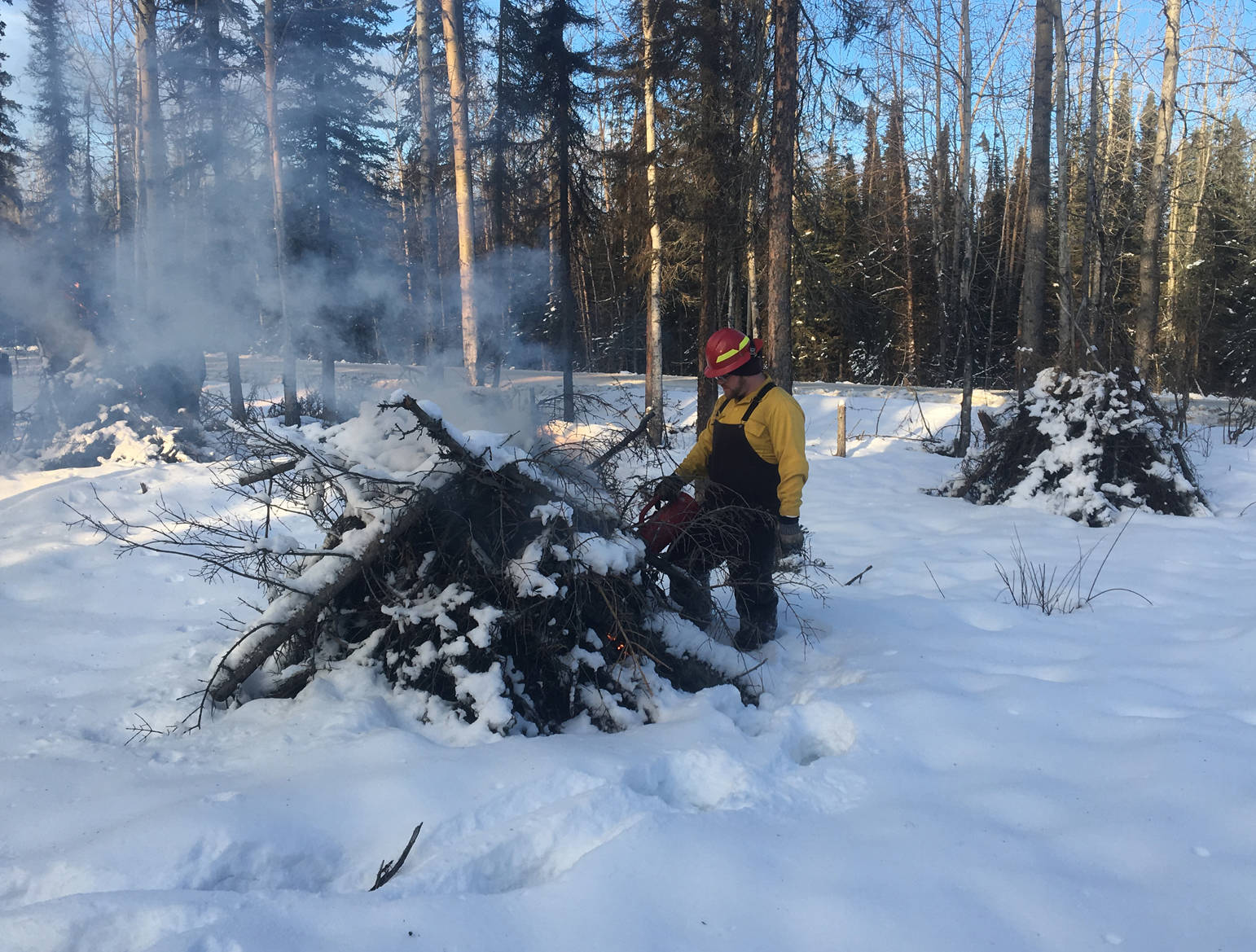In a time-compressed environment, such as during the initial response to a new wildfire, responders don’t always have the opportunity to provide a thorough, in-depth explanation for the actions we take to protect lives, homes, infrastructure and natural resources. The reason for this is plain and simple — fire is dynamic. We fully understand that people deserve answers, but timing is everything. During emergencies such as these, explanations may not be as forthcoming as some folks might like.
Under a Delegation of Authority, a wildland fire Incident Commander (IC) is authorized to carry out the expectations of the jurisdictional agent (city, borough, private, state or federal) on their behalf. The IC must delicately balance life, property, natural resources, cost and a myriad of other priority values. Sometimes during wildfires, even the IC and other decision makers are pressed for time to the point they fast-forward through the explanations, and simply act in order to protect the public and firefighters over all other values.
Emergencies are chaotic, but there are processes available to manage those situations. After these initial actions there is time to slow down and provide a detailed and transparent description of the decision-making process, also known as the “why factor.” This “why factor” adds value, ownership, and engagement to all potentially affected stakeholders.
In contrast to wildfires, a prescribed fire is a planned event, although fire is still a very dynamic component. Foremost, fire managers who plan and execute prescribed fires are highly trained, and held to rigorous standards regarding public health and safety, and the safety of firefighters. They must possess a thorough understanding of risk, potential consequences, and technical difficulties associated with prescribed burns.
The good news is we have opportunities to control components of a fire prescription that are not necessarily under our control in a wildfire. Unlike a lightning strike, the timing of ignition is at the discretion of the prescribed fire burn boss in consultation with the planning team. The environmental conditions must be within the parameters of the prescribed fire burn plan. What does that mean? We select the day when the wind is from the right direction, the atmosphere is conducive to mixing smoke adequately, and the fuels on the ground are receptive to fire (but not so receptive as be problematic). Timing a prescribed fire before a precipitation event is every burn boss’ dream, although it doesn’t always work out that way. General weather patterns, however, are well documented for each season, and that information has a major influence on when we choose to burn.
We also examine resource needs carefully. We use computer-driven modeling to determine the prescribed fire’s rate and direction of spread under varying winds, fuels (vegetation), and topographical influences. These factors help determine the type and amount of firefighting resources needed to implement a prescribed fire. For example, a prescribed fire organization must be adequate to be able to hold (keep the fire from moving into unwanted areas) a fire under the most extreme conditions. So if modeling tells us that the maximum rate of spread for a prescribed fire may be 70 chains per hour (a chain is 66 feet), the organizational capacity must be sufficient to manage a fire that may move at that speed. Each firefighting resource has an estimated line production rate measured in chains per hour. So if two crews plus three engines equals 100 chains of line production per hour, this would be an adequate organization to handle the proposed prescribed fire even under the most extreme conditions.
Responders to wildfires have far fewer choices. The day, the weather, the location, the atmospheric conditions, the amount of firefighting resources available, the resource type and capabilities, and a multitude of other factors have already been decided. If you contrast this to prescribed fire, ultimately we implement prescribed fires on our terms. We “plug holes in the swiss cheese model” (Google it!). There are many factors that can and should be planned, researched, and implemented to the highest standard. Prescribed fire will always have risk involved but, unlike a wildfire, we can and we should control what we have control over before we ever strike the match.
As a planned event, we have the opportunity to provide the why factor for a prescribed fire—why we’re doing what we’re doing. With fewer time constraints, it becomes practical to communicate our expectations of the outcome and describe what success look like. We also have the opportunity to ask for feedback. All of this is done through active communication up and down the chain of command, throughout an organization, and with our stakeholders.
In some areas of the U.S., people live with routine prescribed fire. The Southeastern states, for example, have a culture of prescribed fire. People live with it, knowing that in the long run there are great ecological and public safety benefits. The “why” is engrained in the local culture.
Here on the Kenai Peninsula, the “why’s“ of fire management may not always be fully understood, but I’ll gladly take the time to explain it. My hope is that with better understanding of our intent and expertise, whether during a wildfire or prescribed fire, you’ll feel more assured of a successful mutually-agreed-upon outcome.
Michael Hill is the assistant fire management officer for the Southern Alaska Refuges. Find more information about the Refuge at http://www.fws.gov/refuge/kenai/ or http://www.facebook.com/kenainationalwildliferefuge.

